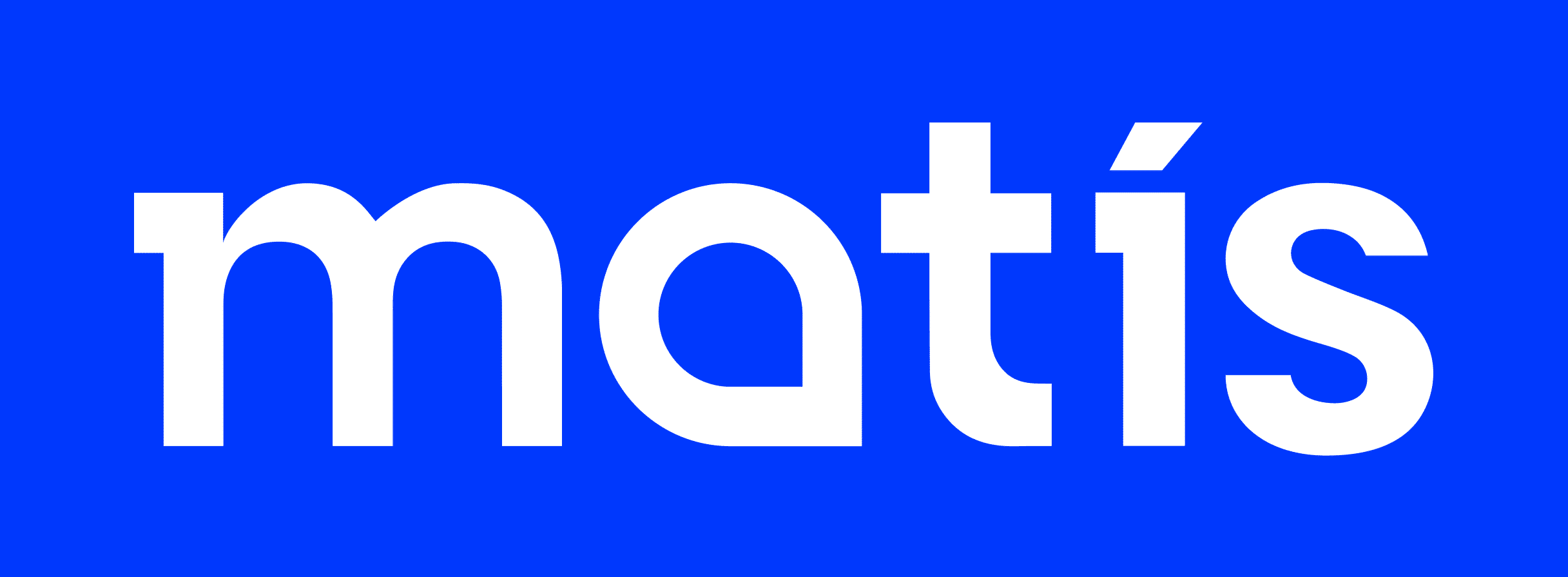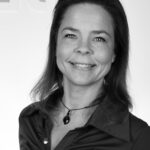Fiskeldi er í hröðum vexti um allan heim og gegnir sífellt mikilvægara hlutverki í að tryggja fæðuöryggi. Ísland er stærsti framleiðandi á bleikju í heiminum, en bleikja hefur mikla próteinþörf sem hefur að mestu verið mætt með fóðri sem er ríkt af fiskimjöli. Fiskimjöl er hins vegar dýr próteingjafi og því er fóðurkostnaður í bleikjueldi um 50% af framleiðslukostaði, auk þess sem fiskimjöl er takmörkuð auðlind. Það er því mikilvægt að leita nýrra próteingjafa fyrir bleikju-framleiðiendur. Einn slíkur kostur er að nota soyamjöl, sem hefur verið notað með góðum árangri í laxeldi. Það er hins vegar rannsóknir sem benda til að soyamjöl geti haft neikvæð áhrif á vöxt, þarmaflóru og almenna velferð laxfiska.
Í þessari skýrslu er fjallað um helstu niðurstöður AVS verkefnisins „þróun á nýju bleikjufóðri“, en markmið verkefnisins var að lækka fóðurkostnað og auka sjálfbærni í bleikjueldi með því að skipta fiskimjöli út fyrir soyamjöl í fóðri. Í verkefninu var einnig leitast við að öðlast skilning á áhrifum mismunandi „meðhöndlunar“ soyamjöli á vöxt, þarmaflóru og velferð bleikju.
Fjórar mismunandi tegundir fóðurs voru rannsakaðar þ.e. hefðbundið fóður með fiskimjöli (FM), með ómeðhöndluðu soyamjöli (US), með Ensím-meðhöndluðu soyamjöli (ES), og með ómeðhöndluðu soyamjöli með viðbættu góðgerlum (USP). Lifun, vöxtur, atferli og þarmaflóra bleikju sem fóðruð var í 10 vikur á áðurnefndum fjórum fóðurtegundum var síðan borin saman. Bleikjan sem gerð var tilraun á var smáfiskur á því stigi þar sem vöxtur er mikill og þarmaflóran er í mótun; og því eru áhrif fóðursins sérlega mikilvæg.
Helstu niðurstöður verkefnisins voru að fóður sem innihélt Hypro soyamjöl með viðbættum FOS góðgerlum dró verulega úr vexti, í samanburði við hinar fóðurtegundirnar. Ensím-meðhöndlaða soyamjölið, sem innihélt niðurbrotið NSPs sem virka sem góðgerlar, sem og ómeðhöndlaða soyamjölið með viðbættum góðgerlum stuðlaði að fjölbreyttari þarmaflóru og jók magn mjólkursýru baktería (LABs) sem tengt hefur verið við ónæmi gagnvart sjúkdómum og sýkingum, sem og bættri upptöku og vexti. Niðurstöður sýndu einnig að atferli fiskanna gagnvart ómeðhöndlaða soyamjölinu var umtalsvert öðruvísi en gagnvart hinum fóðurtegundunum, á þann hátt að þeir sýndu því fóðri minni áhuga.
Niðurstöðurnar benda til að viðætur á góðgerlum á þessu vaxtarstigi stuðli að jákvæðum breytingum á þarmaflóru, og geti því leitt til aukins þols við stressi og sjúkdómum síðar meir á lífsferlinum. En Þetta virðist hins vegar koma niður á vexti fiskanna. Þörf er því á frekari rannsóknum til að skera úr um hvort vöxturinn muni skila sér á seinni vaxtarstigum bleikjunnar og þá hvort lifun og aðrir jákvæðir eiginleikar aukist. Vera má að FOS góðgerlar séu ekki hentugir fyrir fiska svo snemma í þroskastigi, en svo virðist sem FOS hafi áhrif á efnaskipti og örfi þarma og ónæmiskerfið. En frekari rannsókna er þörf til að draga frekari ályktanir þar um. Ensím-meðhöndlaða soyamjölið hafði ekki sömu neikvæðu áhrif á vöxt, en breytileiki var meiri var hins vegar meiri. LABs í þarmaflóru bendir til þess að meðhöndlunin stuðli að hættri heilsu og þoli gagnvart sýkingum, án þess að það komi niður á vexti. Niðurstöðurnar benda því til þess að ensím-meðhöndlun á soyamjöli í fóður stuðli að bættri heilsu og lifun bleikju. Mikilvægt er að framtíðar rannsóknir skoði niðurstöður þessa verkefnis og beri saman við ástand þarmavefja. Einnig er mikilvægt að rannsaka frekar hvernig efnaskipti, atferli og þarmaflóra verka saman við mismunandi fóðrun á fyrri lífskeiðum, sem og hver áhrifin eru á langtíma vöxt og velferð.
Skýrslan er lokuð / This report is closed
Aquaculture is globally growing in importance as part of the solution for future food security. In Iceland one of the most important farmed species is the salmonid, Arctic Charr, and Iceland is the world´s leading producers of this cold-water, carnivorous species. Arctic Charr has a high dietary protein requirement which is traditionally provided by diets high in fish meal protein. This drives feed costs that are 50% of the total production costs and puts pressure on wild capture fisheries from which fish meal species are sourced. To facilitate the further expansion of Arctic charr aquaculture it is necessary to find less expensive and more environmentally sustainable feed ingredients. One potential alternative that is widely used in Atlantic Salmon aquaculture is soybean meal, however increasing evidence suggests that for some salmonids, untreated soybean meal can have negative consequences for the growth, gut health and welfare.
The overall aim of this study was to decrease Arctic Charr feed costs and improve the long-term sustainability of salmonid aquaculture in Iceland by replacing fish meal with untreated and treated soybean meal. This study also aimed to understand the wider consequences of untreated and treated soybean meal on the growth, gut health and welfare of Arctic Charr.
Four different diets were assessed, a fish meal control (FM), an untreated soybean meal (US), an enzyme pre-treated soybean meal (ES) and an untreated soybean meal with an added prebiotic (USP). The survival, growth performance, gut microbiome assemblage, and behaviour were of juvenile Arctic Charr fed each of these diets during a 10-week feeding trial were compared. The juvenile life stage was selected since it is a period of crucial developmental, when growth rates a very rapid, and the gut microbiome is colonising, so impact of differing diets can be obtained quickly.
The key findings of this report were that the addition of FOS prebiotic to untreated Hypro soybean meal feed treatment significantly reduced growth compared to the fish meal control when all other feed treatments including the enzyme treated soybean meal performed significantly the same as the fish meal control. The enzyme treatment of soybean meal which aimed to have a secondary benefit of the broken down NSPs acting as prebiotics, as well as the untreated soybean meal with prebiotic had higher gut microbiome diversity as well as a greater presence of Lactic Acid Bacteria (LABs) which are both associated with positive benefits such as more immune robustness and resilience to disease and infection as well as benefits for nutritional uptake and growth. There was also a notable different in behaviour where the fish fed the untreated soybean meal with added prebiotic were both shyer and less active than the fish fed any other feed treatment, indicating that they were more reactive individuals.
When the results of these different tests are viewed together this suggests that the addition of pure prebiotics at such an early developmental stage does promote beneficial changes to the gut microbiome which suggest that the fish will be more resilient to stress and disease later in life and may receive other benefits of prebiotic addition too, however at this early stage the combination with low growth performance suggests that the immune system and gut development may be stimulated but at the cost of energy being drawn away from growth. Salmonids given FOS should be followed from early development through to harvest to see if growth can be compensated and if survival or performance is in fact improved. Otherwise these results may indicate that FOS may not be suitable to apply to diets during such early stages of development, when growth curves are steep naturally. The observation that these fish were also had more reactive coping strategies suggests that the prebiotic application may also effect metabolic rate which could be linked to the stimulation of the gut and immune system, but further experimentation will be need to elucidate this and also to investigate the consequence of this altered behaviour, which could potential reduce the welfare of a intensively farmed fish. On the other hand, the enzymatic treatment of soybean meal did not show the same negative impact to early growth performance but did influence a higher diversity and LABs presence in the gut microbiome suggesting this method of threating soybean meal may bring benefits to health and resilience without as much trade-off. These enzyme-soy treated fish groups were also slightly more reactive than the control treatments, but the impact was not as pre-announced as for the prebiotic added treatment. Overall the results suggest that the best potential benefit to long term health and survival of charr when soybean meal is pre-treated with enzymes when used in the diet.
It will be extremely important in the future to combine these results with gut histology data to clarify the impact of differing treatments to internal gut morphology and health. It will also be important to further study how metabolism, behaviour and the gut microbiome interact with dietary treatments at this early development stage and what the long-term consequences for production and welfare will be.







